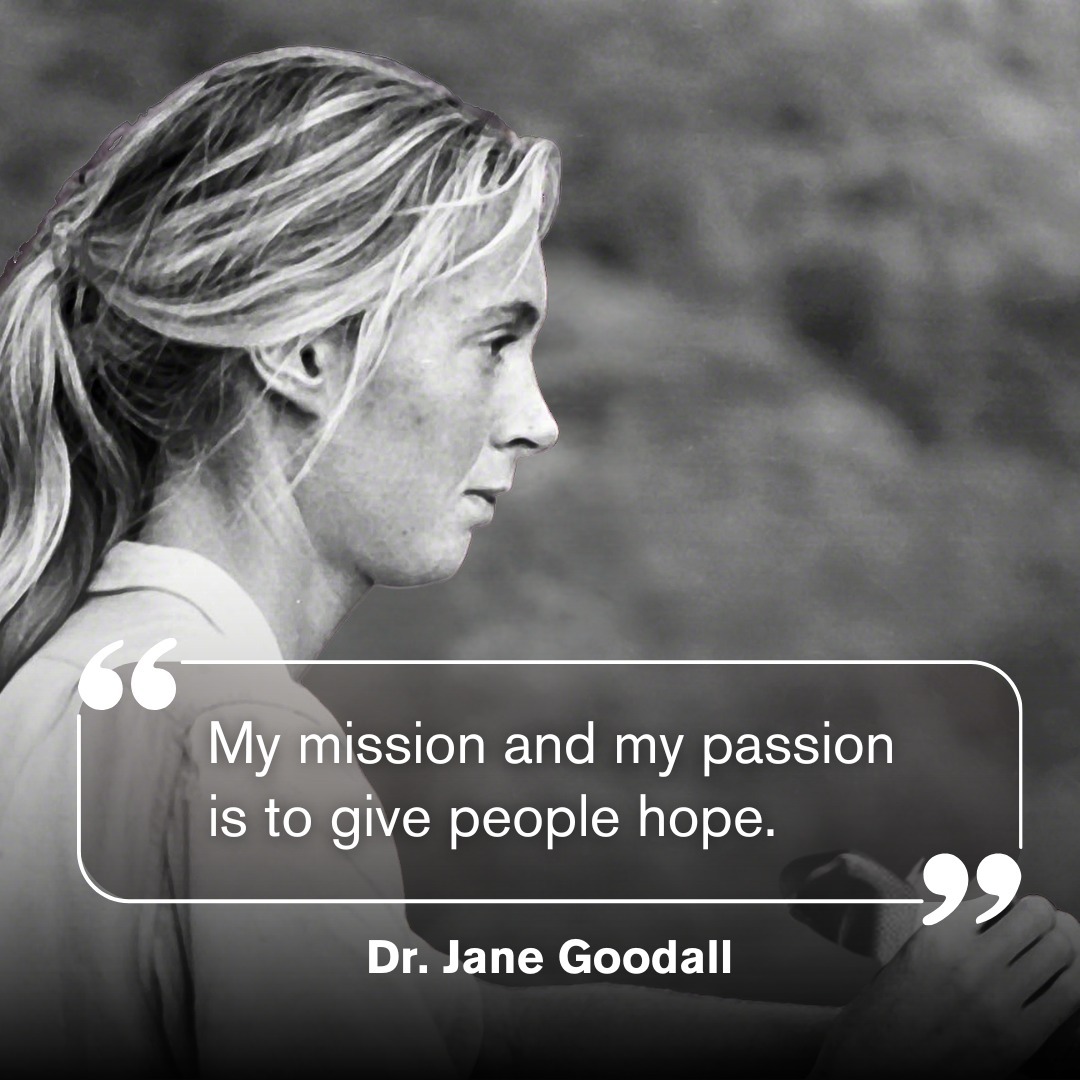- Jane Goodall’s mission to inspire global hope through wildlife conservation and education.
- The role of the Jane Goodall Institute in promoting sustainable conservation practices.
- Strategies for wildlife conservation and their impact on biodiversity.
- Overcoming challenges in zoo management and wildlife protection.
- The importance of public engagement and education in driving environmental change.
Jane Goodall’s enduring legacy in wildlife conservation is both a testament to her dedication and a beacon of hope in a world fraught with ecological uncertainties. Her unparalleled work with chimpanzees has not only deepened our understanding of primate behavior but has also highlighted the critical need for conservation. At the heart of her mission is the belief that every individual can make a significant impact on saving the environment. Her efforts are embodied through the Jane Goodall Institute, an organization that strives to inspire positive change on a global scale, focusing on the harmonious coexistence of humans, animals, and the natural world.
Established in 1977, the Jane Goodall Institute has been at the forefront of wildlife conservation and education. By promoting sustainable practices and fostering an appreciation for biodiversity, the institute aims to safeguard the planet’s ecological balance. One of the key pillars of the institute’s efforts is the emphasis on community-centered conservation. This approach involves working closely with local populations to develop pragmatic conservation strategies that align with their socioeconomic needs. By empowering communities to take charge of their environmental resources, the Institute not only protects endangered species but also helps ensure long-term conservation success.
A significant aspect of wildlife conservation is the implementation of strategies aimed at preserving biodiversity. These strategies often include habitat preservation, wildlife corridors, and anti-poaching measures. Habitat preservation is crucial as it maintains the integrity of ecosystems required by diverse species to thrive. By protecting areas like rainforests, wetlands, and savannas, conservationists ensure that these natural habitats continue to support a wide array of life forms. Wildlife corridors also play a vital role by connecting fragmented habitats, allowing for gene flow and population diversity which are essential to species’ survival.
Anti-poaching efforts are equally critical. They combine law enforcement, community engagement, and technology to protect at-risk species from illegal hunting. Utilizing drones, camera traps, and satellite imagery, conservationists have significantly improved the detection and prevention of poaching activities. Additionally, by involving local communities in conservation efforts and providing alternative livelihoods, these strategies help diminish the incentives for poaching.
Zoo management is an integral part of wildlife conservation, focusing on the care and breeding of captive animals while supporting broader conservation goals. Modern zoos aim to educate the public about biodiversity and the importance of conservation. However, the management of these facilities is fraught with challenges. Ensuring the well-being of animals in captivity requires meticulous attention to their physical and mental needs. This includes the provision of naturalistic habitats, appropriate diets, and enrichment activities designed to stimulate their cognitive and physical abilities.
Moreover, breeding programs in zoos are critical for the conservation of endangered species. Through careful management, these programs aim to maintain genetic diversity and eventually reintroduce animals into their natural habitats. Collaborations between zoos, wildlife organizations, and governmental bodies are vital to advancing these conservation goals.
Public engagement and education are powerful tools for driving environmental change. By raising awareness about the importance of conservation and the threats faced by wildlife, the Jane Goodall Institute and similar organizations inspire individuals and communities to take action. Educational programs, workshops, and outreach campaigns are designed to empower people with the knowledge and motivation to contribute to conservation efforts. Furthermore, initiatives like Tree Planting campaigns and Citizen Science projects encourage individuals to participate in hands-on conservation activities, reinforcing the connection between human actions and environmental health.
Jane Goodall’s mission to inspire hope extends beyond scientific research and institutional efforts. It encompasses a vision where every person is empowered to make a positive impact on the planet. By championing sustainable practices, fostering community engagement, and driving public education, the Jane Goodall Institute continues to illuminate a path of hope for both humanity and the natural world. This unwavering commitment to conservation ensures that future generations inherit a thriving planet, rich in biodiversity and ecological integrity.
*****
Source Description
The iconic @JaneGoodallInst has made it her mission to inspire hope in the world.
With so much uncertainty in the world, the hope that we can band together to do what’s right in the world can drive us to make change!


